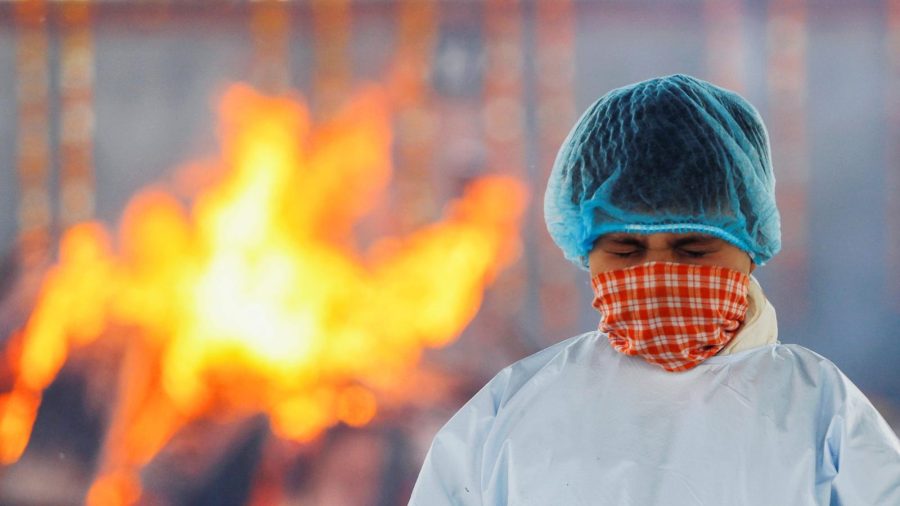Even as the number of new cases in India dropped, the country recorded a staggering 4,529 coronavirus deaths in a single day on Wednesday.
In recent days, the regular pandemic death rate has been increasing as cases reach remote areas with limited health services.
With the new deaths, India’s official death count has risen to 283,248 people, behind the United States 600,000 and Brazil’s 440,000.
However, experts say that India’s toll is far higher.
More than 267,000 additional cases have been reported, bringing the total amount of infections known to 25.5 million, second only to the United States.
India could surpass the United States in June if current trends continue.
Over the past six weeks, the new wave has devastated India, feeding on a lack of hospital beds, oxygen, and vital medications. The number of cases has doubled since the beginning of April, and over 100,000 people have died.
According to Indian officials, the fact that new infections have remained below 300,000 for the third day in a row is an indication that the epidemic is subsiding.
“The pandemic curve is stabilizing,” said V.K. Paul, head of the government’s Covid-19 task force.
Last week, the official daily case count started to decrease, with new infections falling to 281,386 on Monday, the lowest number since April 21.
After a drop in infections in recent days, experts said there was no guarantee that infections have peaked, with concern emerging at home and abroad about the spread of the latest, more infectious B.1.617 form.
The World Health Organization’s chief scientist Dr. Soumya Swaminathan said “There are still many parts of the country which have not yet experienced the peak, they are still going up”
Swaminathan cited the alarmingly high national positivity score, which stands at about 20% of all surveys, as an indication that things might get worse.
Photographs and television photographs of funeral pyres burning in parking lots and bodies washed up on the shores of the Ganges river have heightened impatience with the government’s management of the crisis.
Official estimates are commonly believed to greatly underestimate the true impact of the outbreak, with certain analysts estimating that actual illnesses and fatalities maybe five to ten times greater.
While the first outbreak of the pandemic in India, which peaked in September, was mostly localized in urban areas, where surveillance was initiated more quickly, the second wave, which began in February, is sweeping across rural towns and villages, home to roughly two-thirds of the country’s 1.35 billion population, and where testing is desperately needed.










